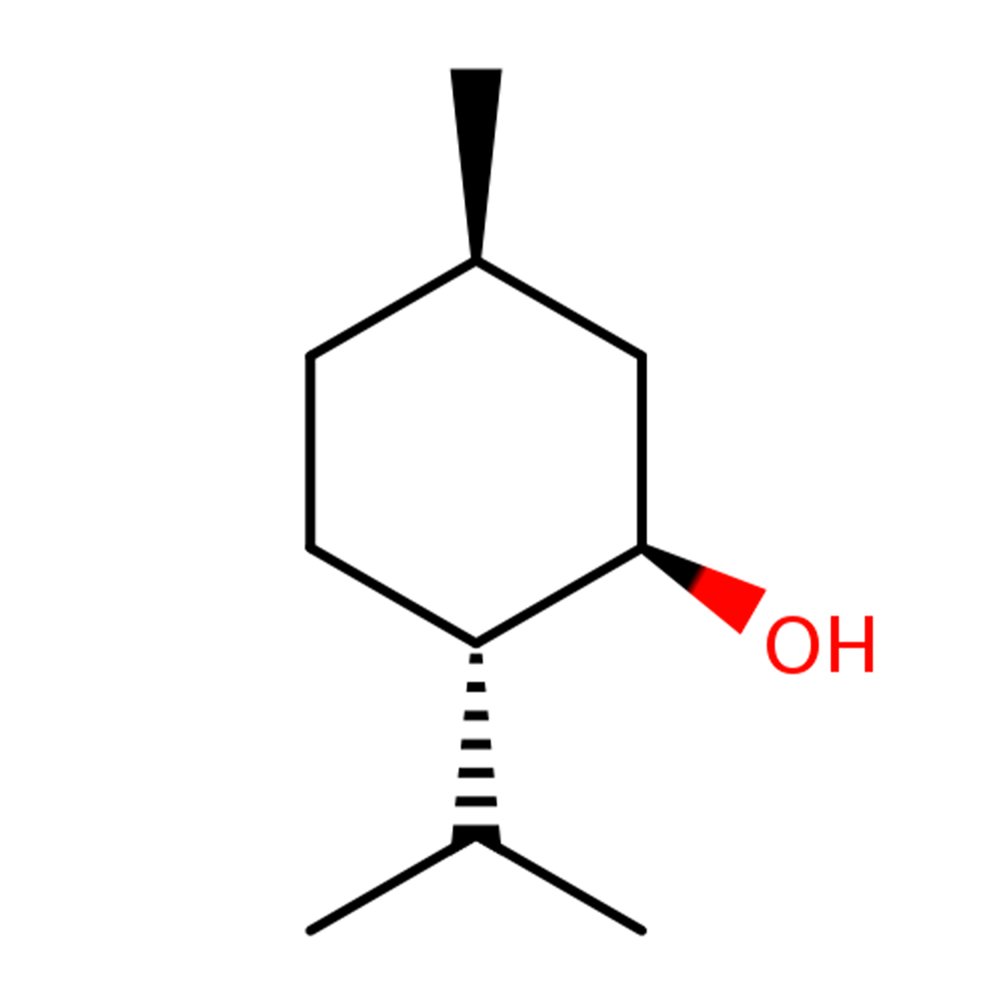 Image 1 of 2
Image 1 of 2

 Image 2 of 2
Image 2 of 2



Spearmint Oil Natural
Premium Natural Ingredient for Perfumery
Spearmint Oil Natural is a steam-distilled essential oil obtained from Mentha spicata (garden mint), a herbaceous perennial cultivated for its mild, sweet-minty aroma. Rich in (R)-carvone, this ingredient provides a smooth, aromatic profile with green, herbal, and creamy facets.
In perfumery, it functions as a top-to-heart modifier, brightener, and natural aromatic booster in fougère, herbal, citrus, or floral formulations.
Premium Natural Ingredient for Perfumery
Spearmint Oil Natural is a steam-distilled essential oil obtained from Mentha spicata (garden mint), a herbaceous perennial cultivated for its mild, sweet-minty aroma. Rich in (R)-carvone, this ingredient provides a smooth, aromatic profile with green, herbal, and creamy facets.
In perfumery, it functions as a top-to-heart modifier, brightener, and natural aromatic booster in fougère, herbal, citrus, or floral formulations.
Premium Natural Ingredient for Perfumery
Spearmint Oil Natural is a steam-distilled essential oil obtained from Mentha spicata (garden mint), a herbaceous perennial cultivated for its mild, sweet-minty aroma. Rich in (R)-carvone, this ingredient provides a smooth, aromatic profile with green, herbal, and creamy facets.
In perfumery, it functions as a top-to-heart modifier, brightener, and natural aromatic booster in fougère, herbal, citrus, or floral formulations.
Natural Ingredient Overview
🌎 Origin — Various (India, U.S., China, Egypt)
🔎 Chemical Name — Mentha Spicata Herb Oil
🧪 Synonyms — Spearmint Essential Oil, Garden Mint Oil
📂 CAS — 8006-90-4
📘 FEMA — 3032
📝 Odor Type — Aromatic, green, herbaceous
📈 Odor Strength — Medium to strong
👃🏼 Odor Profile — Sweet minty, cool, green, creamy-rosy, soft-spicy
⚗️ Uses — Fine fragrance, herbal top notes, oral care, functional perfumery
🧴 Appearance — Pale yellow to greenish liquid
Botanical Origin
Spearmint oil is a natural essential oil distilled from the leaves and flowering tops of Mentha spicata L., a perennial herb native to Europe and western Asia, now widely cultivated across North America, India, China, and Egypt (Lawrence, 2007). Known historically as “garden mint,” Mentha spicata is part of the Lamiaceae family and is distinguished by its spear-shaped leaves and mild, sweet-minty aroma.
The plant has been used for centuries in culinary, medicinal, and ritual contexts, with records of use dating back to ancient Greece and Rome, where spearmint was valued for its digestive, antiseptic, and aromatic properties (Bown, 2001).
Extraction Method
The essential oil is obtained via steam distillation of the fresh or partially dried aerial parts (primarily leaves and flowering tops) of Mentha spicata. The process yields a pale yellow to greenish oil rich in oxygenated monoterpenes, with (R)-carvone as the primary odorant, accounting for 50–70% of the oil’s composition (Surburg & Panten, 2016).
This method preserves the full volatile profile while minimizing thermal degradation. Most commercial spearmint oil is produced in the U.S., China, and India, where selective breeding programs have developed high-carvone chemotypesfor perfumery and flavor use.
Olfactory Profile
Family: Aromatic – Green – Herbaceous
Facets: Sweet minty, cool, green, lightly spicy, creamy-rosy undertone
Tenacity: Moderate
Volatility: Top-to-heart note
The key odorants include:
(R)-Carvone – warm minty note, sweet and soft
Limonene – bright citrusy top
1,8-Cineole – camphoraceous freshness
Myrcene & β-Caryophyllene – green, peppery, woody dimensions
Unlike peppermint oil, which contains high menthol levels and exhibits sharp, cold mintiness, spearmint oil is gentler, smoother, and more nuanced, making it ideal for fine fragrance work.
Applications in Fine Fragrance
Spearmint oil is widely used to add green, aromatic freshness and a clean herbal clarity to compositions. Its most common roles include:
Brightening fougère or aromatic structures
Blending with lavender, rosemary, basil, and citrus
Supporting gourmand or herbal accords with soft minty lift
Complementing creamy white florals with green contrast
Historical Background
The use of spearmint oil in perfumery is relatively recent compared to its long-standing role in traditional medicineand flavor applications. First distilled on a commercial scale in the late 19th century, it became common in oral care and confectionery before being explored by perfumers in the mid-20th century.
Its softer, less medicinal profile compared to peppermint gave it an edge in fine fragrance, especially during the green perfume movement of the 1960s–1970s.
IFRA and Safety Profile
IFRA 51st Amendment: Spearmint oil is restricted due to its carvone content, which may cause dermal sensitization.
IFRA Category 4 (fine fragrance): maximum level typically around 0.06–0.3%, depending on supplier specification.
Allergens: Contains limonene, linalool, and eugenol in trace amounts — must be declared if above threshold (EU Cosmetics Regulation No. 1223/2009).
GHS Classification:
Skin sensitizer (Category 1)
Aquatic chronic hazard (Category 2–3, depending on source)
Flash point: ~65°C
Environmental and Sustainability Aspects
Spearmint is a renewable, biodegradable botanical cultivated in rotation with other crops. Key sustainability aspects include:
Low water demand relative to other herbs
CO₂-neutral cultivation potential in smallholder systems
By-product valorization: distillation waste can be composted or converted to biomass fuel
Firmenich and other major producers promote traceable sourcing and smallholder partnerships under UEBT guidelines (Firmenich, 2020)
The oil itself is readily biodegradable and does not persist in aquatic ecosystems under normal use levels.
Conclusion
Spearmint oil natural is a versatile essential oil that brings freshness, clarity, and a smooth green signature to perfumery. Softer than peppermint yet more aromatic than menthol derivatives, it finds its place in fougère, citrus, and aromatic blends, as well as in unconventional gourmand or floral contrasts. Its sensory elegance, paired with biodegradability and natural origin, makes it a timeless botanical tool in the modern perfumer’s palette.
References
Bown, D. (2001). Encyclopedia of Herbs and Their Uses. Dorling Kindersley.
Firmenich. (2020). Naturals Together™ Report. https://www.firmenich.com
IFRA. (2023). IFRA Standards – 51st Amendment. https://ifrafragrance.org
Lawrence, B. M. (2007). Mint: The Genus Mentha. CRC Press.
Surburg, H., & Panten, J. (2016). Common Fragrance and Flavor Materials (6th ed.). Wiley-VCH.
PubChem. (2024). Mentha spicata Oil – Substance Summary. https://pubchem.ncbi.nlm.nih.gov
Photo from Alexander Schimmeck on Unsplash
